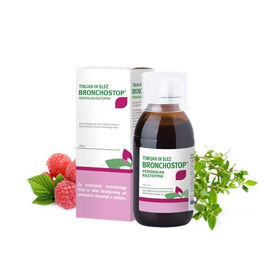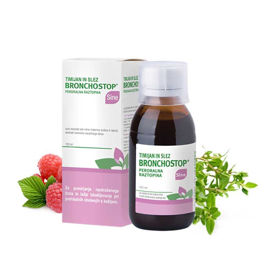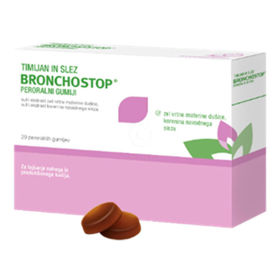Vprašanje stranke:
Ali se materina dušica lahko uproablja lokalno in neposredno na koži? Vprašanje anonimne stranke
Odgovor farmacevta:
Materina dušica (Thymus vulgaris) je zelišče, ki se pogosto uporablja v tradicionalni medicini. Lahko se uporablja tako lokalno kot tudi peroralno. Vendar pa je treba pri uporabi materine dušice neposredno na koži biti previden, saj je lahko zelo koncentrirana in lahko povzroči draženje ali alergijske reakcije pri nekaterih ljudeh.
Če želite uporabiti materino dušico neposredno na koži, je priporočljivo, da jo najprej razredčite v nosilnem olju, kot je kokosovo olje, mandljevo olje ali olivno olje. Razmerje razredčitve naj bo odvisno od občutljivosti kože posameznika in koncentracije ekstrakta materine dušice, vendar se običajno uporablja razmerje približno 1-2 kapljici materine dušice na čajno žličko nosilnega olja.
Ali obstajajo kreme z materino dušico?
Da, obstajajo kreme, ki vsebujejo izvlečke ali eterično olje materine dušice kot eno od svojih sestavin. Te kreme običajno vsebujejo tudi druge sestavine, ki lahko koristijo koži, kot so vlažilci, antioksidanti in pomirjevala. Kreme z materino dušico so lahko namenjene različnim namenom, vključno s pomirjanjem kože, zdravljenjem aken in ekcemov ali drugih kožnih težav.
Pri izbiri kreme z materino dušico je pomembno preveriti seznam sestavin, da se prepričate, da ne vsebuje sestavin, na katere ste alergični, in da vsebuje ustrezno koncentracijo materine dušice za želene učinke. Poleg tega je priporočljivo izbrati kreme iz uglednih blagovnih znamk, ki uporabljajo visokokakovostne sestavine in imajo dobre ocene uporabnikov.
Ali kremo z materino dušico lahko uporabimo za radraženo kožo pri otroku?
Pred uporabo kreme z materino dušico ali katerim koli drugim izdelkom na občutljivi koži otroka je pomembno, da se posvetujete s pediatrom ali zdravnikom, še posebej, če gre za dojenčka ali majhnega otroka. Pred uporabo kreme na večjem predelu kože otroka naredite preizkus občutljivosti na majhnem delu kože. Nanesite majhno količino kreme na notranji del otrokovega zapestja ali komolca in počakajte 24 ur, da vidite, ali se pojavi kakršna koli reakcija, kot je rdečina, srbenje ali izpuščaj.
Če je koža otroka še posebej občutljiva, razmislite o uporabi razredčene kreme z materino dušico. Zmešajte majhno količino kreme z nosilnim oljem, kot je mandljevo olje ali kokosovo olje, v razmerju približno 1:4 ali po potrebi, in nanesite na kožo otroka. Pazite, da krema ne pride v stik s sluznico, kot so oči, nos ali usta otroka. Uporabljajte jo le na zunanji koži. Če opazite kakršne koli neželene učinke, kot so rdečina, srbenje ali draženje kože, prenehajte z uporabo kreme in se posvetujte s pediatrom.
Zanimivo branje: Ibuprofen Lekarna
Zanimivo branje: Lekarna arnika








 Facebook
Facebook
 Instagram
Instagram
 info@moja-lekarna.com
info@moja-lekarna.com

